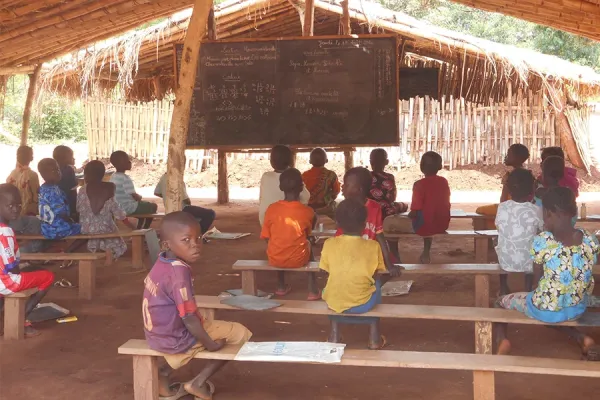Text: Ronen, Y. (2004) ‘Redefining the child’s right to identity’, International Journal of Law, Policy and the Family 18, pp. 147-177.
Introduction
Professor Ronen analysis the child’s right to identity (CRC art. 8). Central to his analysis is the possible tension between individual identity as resulting from a liberal individualistic ethos (p. 151) and an individual identity as resulting from an ethos of interdependence (p. 151). This is a possible tension which we encounter in the CRC art. 8; on the one hand, the child’s identity is assumed to be composed of individual aspects (such as a name), on the other hand emphasis is laid on interdependent aspects (such as family relations).
Another possible tension identified by Ronen in relation to art. 8 is the tension between the child’s need ‘to become’ and the child’s need ‘to be’ (p. 150). Ronen argues that ‘a children’s rights regime should ideally be responsive’ to both (p. 150). This means that that the child, as a child, is more than the property of the state or parents, and therefore we have to recognize the child ‘as an individual, whose authentic identity is worthy of respect’(p. 151-52). In addition, we have to recognize the cultural and specifically familial context that is meaningful to the child (p. 152-53), even if these contexts ‘may not conform to socially accepted values’, because it will ‘contribute to the moulding of an authentic self’ (p. 153).
Finally, Prof. Ronen argues for taking up the child’s perspective in protecting the child’s identity; ‘the definition of the right to identity should enable the decisionmaker to understand that the little the child sees as their identity, should, in principle, be protected’ (p. 155-56).
Possible points of discussion
- How do we balance the child’s need ‘to be’ and it’s need ‘to become’ in relation to identity?
- Is Ronen right when he argues that ‘legal recognition of an individualized identity does not imply endorsement of a traditional liberal individualist ethos’, because ‘it is founded on an alternative ethos of interdependence’ (p. 151)?
- How do we in our work regard/disregard the child’s ties to ‘communities, families and adults meaningful to the child’, because we see them as ‘deviant, morally impaired or simply less than full human’ (p. 152)? Should we, als children’s lawyers, ‘positively protect those elements that contribute to the moulding of an authentic self’ (p. 153) and ‘reject the notion of a ‘normal’ identity’ (p. 156)?
- (How) should we encourage the child’s participation in defining who they are (p. 153)?
- Do we have to beware not to act out our ‘fantasies of saving children’, as they ‘may turn out to be painful for the children involved if they are not heard and understood as human being possessing a unique identity’ (p. 155)?



